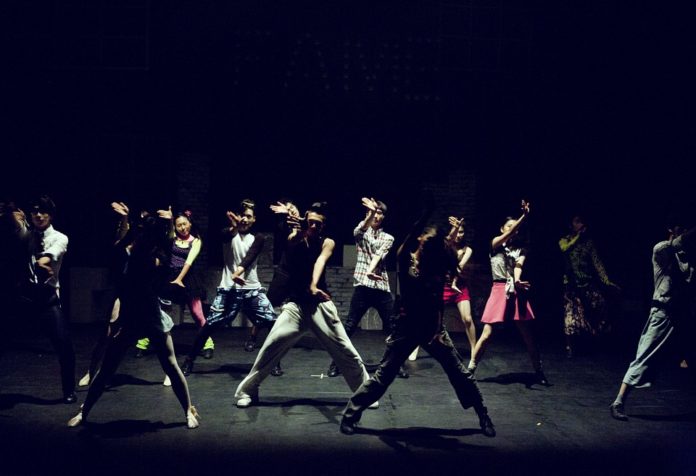New Delhi (NVI): Dancing boosts your physical health and agility but it may also work as a therapy to improve your mental health.
According to Dr Adrianna Mendrek, a researcher in behavioural neurobiology and psychiatry at Bishop’s University, the Dance/movement therapy (DMT) goes beyond simply dancing.
DMT uses dance and movement to promote insight, integration and well-being, as well as to diminish undesirable symptoms in various clinical populations.
DMT has appeared to be helpful in treating those with sorrow, Alzheimer’s and Parkinson’s.
However, the dance/development treatment (DMT) is not progressively well known inside the fields of brain research and psychotherapy universally, says Adrianna.
Just like traditional psychotherapies, DMT can be applied in a wide range of ways. It may involve talking, different types of music or no music at all. It can be done in groups, with individuals or with couples.
A group therapy session may involve a warm-up and check-in as to where we are at emotionally, mentally and physically. It may be followed by the development of a theme.
All of this is done with bodies in motion or stillness, but some verbal sharing, journaling, drawing and other elements may be added.
Dance/movement therapy has been around for several decades but it has never become widely popular, possibly due to a lack of well-designed research studies, according to the researcher.
Overcoming depression
One of the main reasons people dance is to modify their emotional state; typically, they strive to feel more joy and happiness and to reduce stress and anxiety.
Since its inception, dance therapy, similar to somatic psychotherapies, has emphasized the reciprocal interaction between body and mind, and the ability to regulate emotions via changes in body postures and movements.
The associations between emotions and specific motor components have been used in the past for diagnosis or emotion recognition. This study goes further and proposes specific techniques for modifying emotions.
A recent systematic review of research on dance/movement therapy specifically found it to be effective in the treatment of adults with depression.
Helpful in treating Parkinson’s disease
Dance typically involves learning sequences of steps and movements in space, in coordination with the music. In other words, it requires substantial physical and cognitive engagement.
When comparing relatively long-term dance interventions to conventional fitness training, several studies have found improvements in attention and verbal memory and neuroplasticity in healthy older adults.
The researchers also found improvements in memory and cognitive function for older adults with mild cognitive impairment after a 40-week dance program.
In addition, a recent meta-analysis of seven randomized controlled trials comparing the effects of dance therapy to non-dance interventions in Parkinson’s disease.
Changes in brain structure
Dancing engages extensive areas of the cerebral cortex as well as several deep brain structures.
A recent descriptive systematic review included eight well-controlled studies. These changes included: increased hippocampal and parahippocampal volume (involved in memory), increased grey matter volume in the precentral gyrus (involved in motor control) and white matter integrity in the corpus callosum (involved in communication between the two hemispheres).
Overall, these studies are compatible with the idea of using dance and DMT in various neurological and psychiatric disorders.
New possibilities for feeling and perceiving
It is clear that dance has a powerful effect on the human body and psyche.
DMT from its inception emphasized that the body is inseparable from, and in constant reciprocal interaction with, the mind. As such, sensations, perceptions, emotions and thinking affect our body and the way we move.
Conversely, our posture and our movements have the power to transform our mental states, to evoke repressed memories, to release spontaneity and creativity, to reorganize our brains. New ways of moving and dancing may produce new ways of feeling and perceiving the world.
This is one of the most exciting and profound aspects of DMT and it is shocking that the body, movement and dance have been almost entirely ignored by mainstream psychotherapy.








